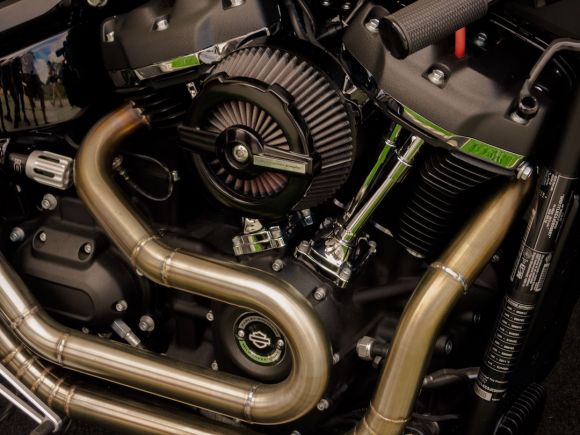When you first bring home a brand new motorcycle, it’s important to give its engine the attention and care it deserves. Properly breaking in a new motorcycle engine is crucial for optimal performance and longevity. By following a few simple guidelines, you can ensure that your motorcycle engine runs smoothly and efficiently for years to come.
Understanding the Break-in Period
Before we delve into the specifics of how to break in a new motorcycle engine, it’s essential to understand why this process is necessary. During the manufacturing process, engines undergo a series of machining and assembly procedures. These processes can leave fine metal particles and debris in the engine components.
The break-in period allows these particles to be gradually flushed out of the engine, preventing potential damage. Additionally, the break-in process helps the engine’s moving parts to properly mesh and wear in, ensuring optimal performance and longevity.
The Importance of Varying RPM
One of the key principles of breaking in a new motorcycle engine is to vary the RPM (revolutions per minute) during the initial miles of riding. This means avoiding prolonged rides at a constant speed or RPM. Instead, aim to vary the engine speed frequently. This can be achieved by changing gears, accelerating and decelerating, and avoiding excessive idling.
By varying the RPM, you allow the engine components to gradually settle and wear in, promoting proper lubrication and reducing the risk of premature wear and tear. This practice also helps distribute the engine oil evenly, ensuring that all parts receive sufficient lubrication.
Avoid Hard Acceleration and High RPM
While it may be tempting to push your new motorcycle to its limits, it’s important to resist the urge for hard acceleration and excessive RPM during the break-in period. Abrupt throttle changes and high RPM can place excessive stress on the engine components, causing them to wear out prematurely.
Instead, focus on gentle acceleration and gradually increasing the engine speed over time. This will allow the engine to gradually adjust and acclimate to the increased load, promoting smoother operation and better long-term performance.
Regular Oil Changes
Regular oil changes are crucial during the break-in period to ensure optimal engine performance. The initial oil in a new motorcycle engine may contain a higher concentration of metal particles and debris due to the manufacturing process. By changing the oil early on, you can remove these contaminants and promote better lubrication.
Consult your motorcycle’s owner’s manual to determine the recommended oil change intervals during the break-in period. Following these guidelines will help maintain the engine’s cleanliness and ensure that it operates at its maximum potential.
Gradual Increase in Riding Distance
During the break-in period, it’s essential to gradually increase the distance you ride your new motorcycle. This allows the engine components to wear in gradually and prevents excessive stress on the engine. Start with shorter rides and gradually build up to longer distances as the miles accumulate.
By following this approach, you give the engine time to settle and adjust, promoting optimal performance and reducing the risk of premature wear.
Conclusion
Properly breaking in a new motorcycle engine is vital for achieving optimal performance and longevity. By varying the RPM, avoiding hard acceleration, and regularly changing the oil, you can ensure that your new motorcycle engine runs smoothly and efficiently for years to come. Remember to consult your motorcycle’s owner’s manual for specific break-in guidelines and enjoy the journey with your newly acquired ride.
